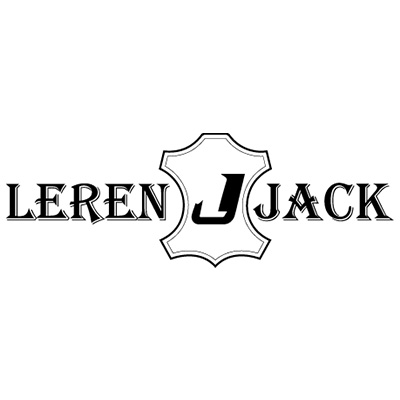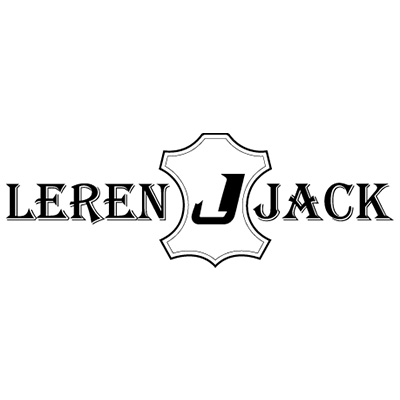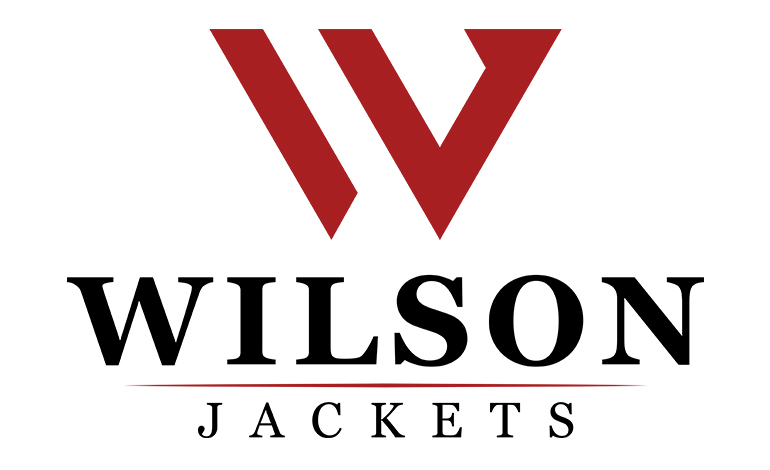
How to build multilayers PCB? (About Pressing)
Multilayers Printed Circuit Board
When it comes to printed circuit boards, there exist several types and multilayer PCB is one of such types. This is a type of printed circuit board that is built up of two or more layers of copper conductive material. The purpose of the many layers is to increase the surface area needed for the wiring of the board. Anytime a designer or manufacturer talks about layers in the printed circuit board, they are having a consideration on how they can increase the chances of having high conducting paths and patterns on the printed circuit board. This type of PCB is always a Rigid printed circuit board. The reason why they are only in rigid form is that it is almost impossible to create them in flexible form.
The count of layers on the board depends on what you need. So, layers start at a minimum of two to several 100s. However, in modern-day electronics, 4 to 8 layers have found more applications and hence they are common. The more layers, the more complex the circuitry. Therefore, electronics engineers decide to do a customization of layers on demand. Let us have a look at the four main components of a multilayer PCB.
1. Four Main Components of a Multilayer PCB
The components are as follows;
1.1 Substrate; This is the most relevant part that forms the Multilayer PCB. It is built of fiberglass which gives the PCB the core strength and to resist breakages. In other words, it is the skeleton of the printed circuit board.
1.2 Copper layer; copper layers depend on the type of board. It can be either full-on copper or some time on copper foil. The copper layer is always the same for all types of PCBs. The purpose of this copper layer is to carry signals to and from the printed circuit boards. It behaves like the human nervous system that moves signals from the human brain to active muscles and so on.
1.3 Solder Mask; This is a layer made of polymer to offer protection to the copper layer. It ensures that there will be no short circuits when copper is exposed to the environment. This solder mask can be equated to the human skin of the printed circuit board.
1.4 Silkscreen; this forms the final part of the printed circuit board. Here is where the part numbers, logos, and symbols of the board’s different components appear. Furthermore, it will provide other relevant information like the test points, component references, and switch settings.
The Sandwich Printed Circuit Board
2. How is the manufacturing of Multilayer PCBs done?
Different from one or two layers PCB, the manufacturing of multilayer PCB requires pre-plotting inner layers and lamination. Below is the complete manufacturing guide for the multilayer PCB, involving several steps as discussed
:
2.1 Process
2.1.1 Designing
This is the first step undertaken before taking a printed circuit board to manufacturers. Every manufacturer has a specific approach to the process. Generally, the designed circuitry is done and laid out to ensure that all the design requirements have been fulfilled. We have so many different software available in the market for the design of such extended manufacturing Gerber.
Once the design of the circuit is complete, the design is carefully checked to ensure that there is no error in the whole blueprint. After ensuring the design is compliant, you can now share it with the fabrication house for circuitry build-up
2.1.2 Photo Plotting
This step involves the use of the photo plotter to create a film of each layer on the PCB. The common machine used is the laser photo-plotter which helps in the creation of the photo tools for the silkscreen and the solder mask. The film thickness is approximated to 7 mils.
Many fabrication houses use a specific laser direct imaging system that has the capability of imaging directly onto the Dry Film. This technique has proved to be very significant when it comes to the cost of production which is reduced drastically. Another benefit of the process is that it gives an accurate output. The process allows you to produce both external and as well as internal layers using a process of direct laser imaging.
2.1.3 Imaging and etching
In this process, primary images such as the traces and the pads are applied onto the circuit board. It is in the same process where the platting copper pattern is created. The activities in this step include;
· Apply the photo imageable to the given copper panels.
· Using LSI, image the panels
· The exposed copper is etched from the panel
· Stripping off of the Dry Film is done and only the copper pattern for the inner layers is left.
2.1.4 Automated Optical Inspection
This inspects all the layers of the multilayer printed circuit board before they are laminated together. The optic does the comparison of the PCB design to the actual image located on the panel. Any difference that is noted such as missing copper can result in shorts or opens. This process is good to help the manufacturer detect any defects that might be present in the circuitry.
2.1.5 Oxide
This is a process of oxygen treatment done to the PCB inner layers before commencing the process of laminating all the layers. It is a process that is necessary for increasing the roughness of the copper so that the laminate can bond strongly. The process is also important as it prevents the different layers from separating.
2.1.6 Lamination
To come up with the multilayer PCB, different layers of the fiberglass are laminated together. For the process of lamination to be achieved, manufacturers apply pressure and high temperature which is achievable by the use of the hydraulic press. The heat causes the fiberglass to melt and join together tightly. Then the PCB is cooled down through a process similar to that of double-sided PCBs.
2.1.7 Drilling
All PCBs require some holes for linking the copper traces, layers, and components mounting. Some advanced drilling systems are employed to drill the PCB. The systems use a solid carbide cutting tool.
2.1.8 Electroless Copper Deposition
After the process of drilling, the fabricator deposits chemically a thin copper coat on the surface of the panel that is exposed. The copper paste is also deposited on the hole walls through a method of electroless plating.
2.1.9 Dry film outer layer
After the step of copper, deposition comes the application of the outer layer images in preparation of the panel for electroplating. Here you can make use of the laminator machine to apply a dry film to the outer layer. This dry film should be photo imageable. The process is similar to what was done on the inner layer.
2.1.10 Plate
Here copper plating onto the conductive pattern is done. The hole walls of the PCBs are not left behind. The thickness of this plating is maintained at about 1 mil. After the process of copper plating, a thin tin film is applied which will be used as a barrier for etching.
2.1.11 Striping and etching
After the plating process is completed on the panel, there are remnants of dry film. The process requires that you remove the dry copper under it. The panel is taken through the String Etch Strip process to remove the copper. The uncovered copper is etched.
2.1.12 Solder mask and Legend
A liquid photo-imageable solder mask is used to protect the copper surface.
2.1.13 Surface finish
This process is done to prevent oxidation of the exposed copper areas that remain.
3. Conclusion
Multilayer Printed Circuit Boards offer more flexibility and increased circuit density with reduced size. This is why many electronic companies in the world use these boards in several electronic devices and gadgets such as computers, telecommunications, medical equipment, etc.
Building a multilayer PCB is a more demanding process than building double and single-sided PCBs. It has thirteen steps as discussed above. One of the top manufacturers is PCBgogo and you can get their services by ordering online on their official website and waiting for your order product from home.
- Comments(13)
F****ket
Jun 12.2024, 13:52:39
F****ket
Jun 12.2024, 13:51:46
A****ron
May 30.2024, 15:37:24

F****vis
May 08.2024, 02:49:16
This process of building multilayers PCB is good and we can read it here if we face any issue while making a multi-layer PCB. When I used the Toowoomba commercial pressure cleaning I saw many amazing ideas that provide instant solutions to my problems.
A****tin
Apr 23.2024, 19:07:15
A****ber
Apr 23.2024, 17:00:33
**
Apr 22.2024, 13:07:53
A****ron
Jan 10.2024, 17:58:46
A****ron
Jan 10.2024, 17:57:32

A****gel
Jan 08.2024, 15:05:30
m****ale
Dec 29.2023, 19:34:55

d****nor
Dec 18.2023, 15:10:01
u****ble
Nov 28.2023, 09:45:22
More work goes into creating a multilayer PCB than a double- or single-sided PCB. As mentioned above, there are thirteen steps to it. Every time a manufacturer or designer discusses layers in a printed circuit board, they are thinking about ways to make the board more likely to have high conducting routes and patterns.


